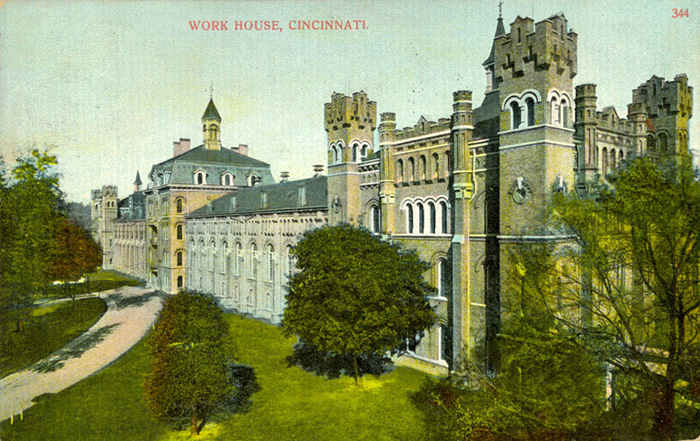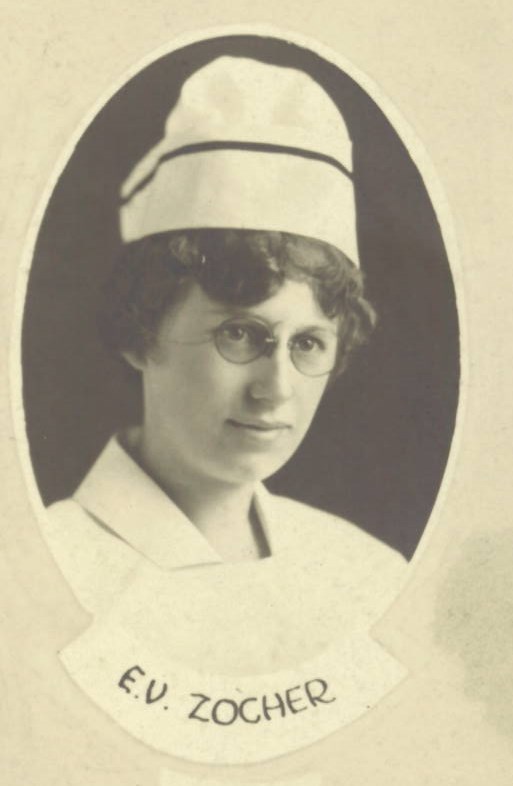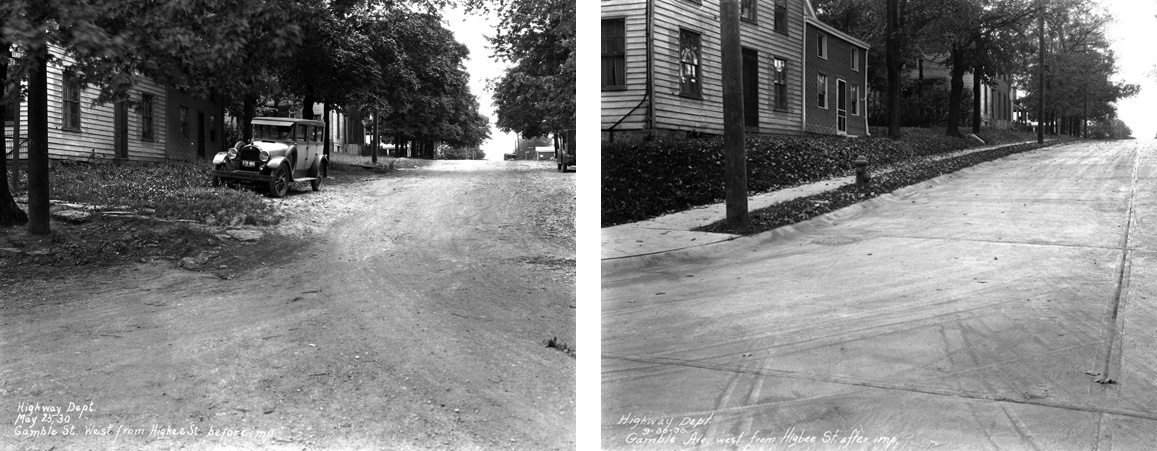Find research help, subject specific resources, and more in the Health Sciences Library (HSL) Subject Guides. These guides put together by HSL librarians to help you find the resources and information you need.
Included in these guides:
- subject specific resources
- how to access resources and full text from off campus
- how to request an article or book if UC doesn’t have it
- mobile health resources
- NIH public access policy
- research impact, citation analysis & altmetrics
- tutorials on many topics
Find the HSL Subject Guides on the HSL home page http://libraries.uc.edu/hsl under Express Links. Click on Subject Guides to explore the wealth of information and resources that are available to assist you with your studies, your research, and your access. Other guides will be added as they are developed.
Questions and suggestions are welcome. Contact Edith Starbuck at edith.starbuck@uc.edu or 558-1433.







